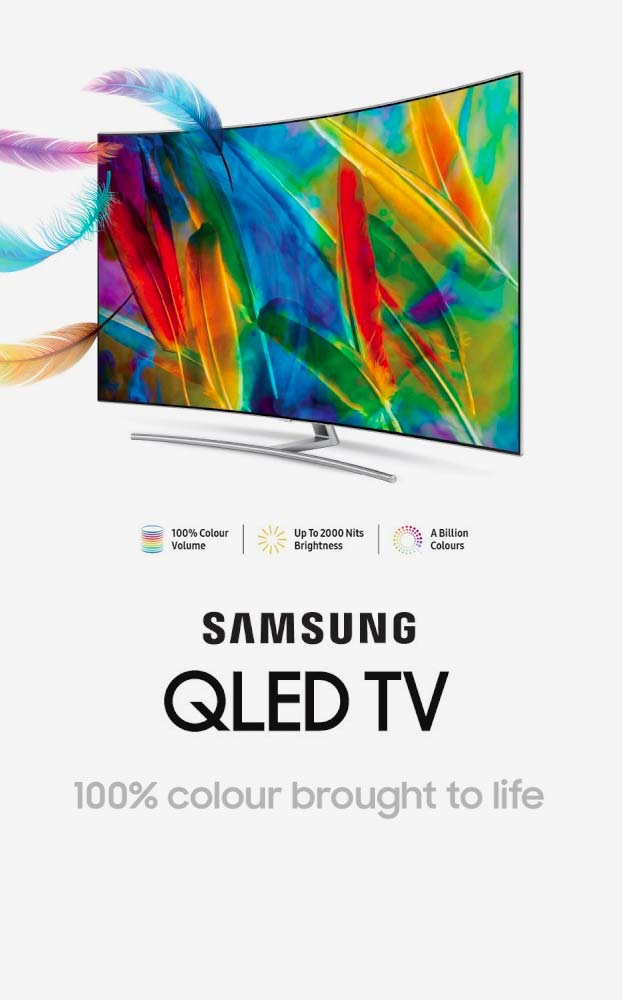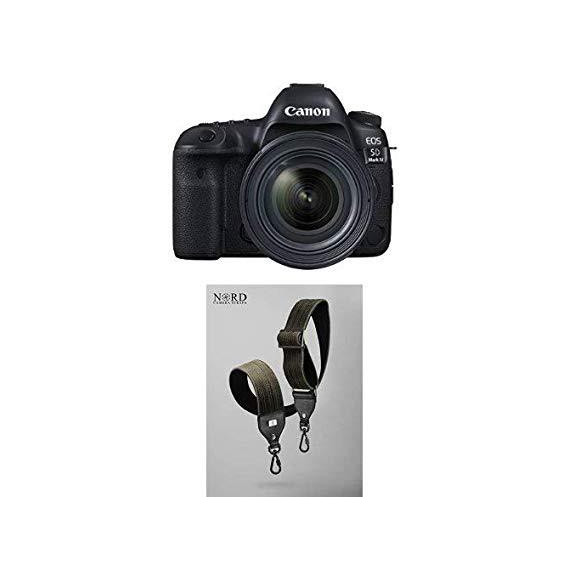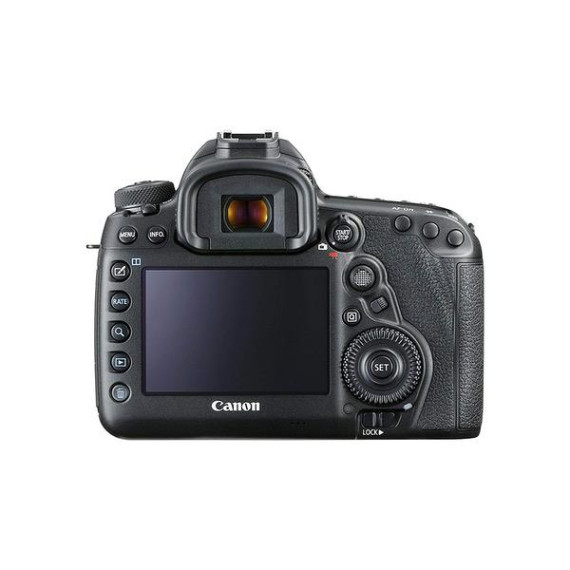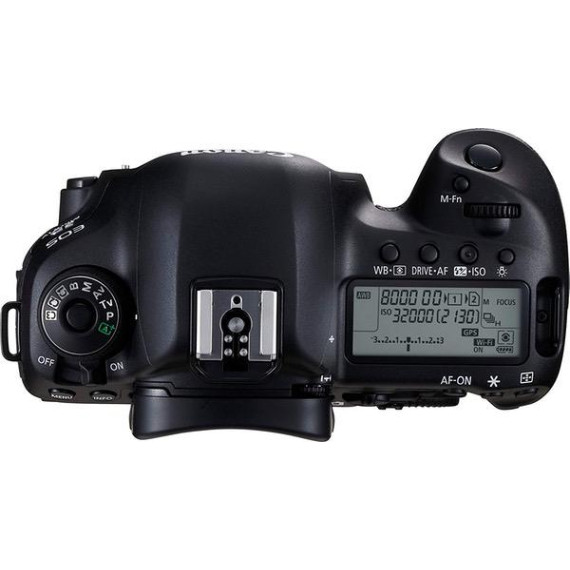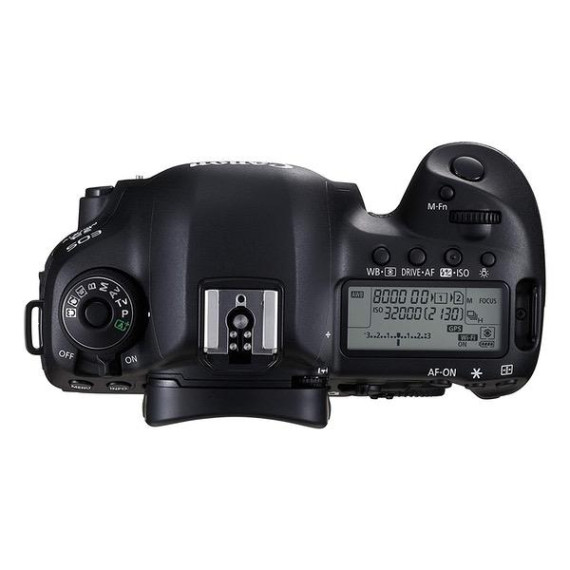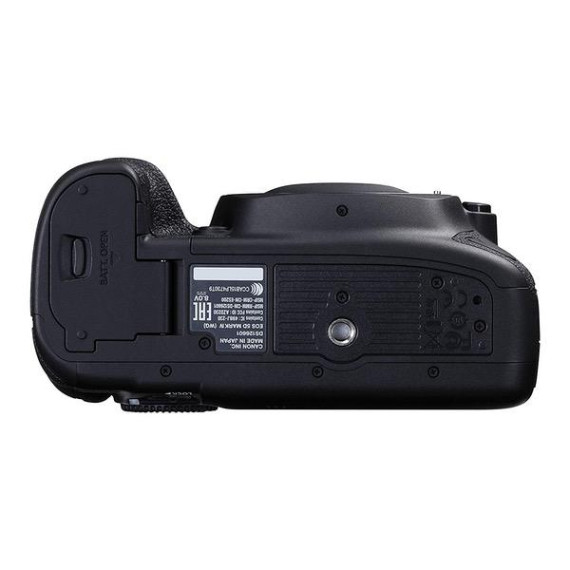
Canon EOS 5D Mark IV Full Frame Digital SLR Camera with EF 24-70mm f/4L IS USM Lens Kit with Universal Camera Strap with Quick Release System

Unless otherwise noted, Black Friday Ad items are available for sale November 22, 2025–November 28, 2025. Prices and offers are subject to change and are valid online during, but may start before and end after, the Ad dates. Product quantities are limited. Rainchecks are NOT available for advertised products in the Black Friday Ad. We reserve the right to limit quantities (no dealers). Online pricing and store pricing may vary.
Promotion period: from 11/19/2025 to 02/01/2026

المدينة: US, Pasadena
لم يتم العثور على أي تقييمات
| ترتيب بواسطة السعر | ترتيب بواسطة الامكانية | ترتيب بواسطة الكود | ترتيب بواسطة Style | ترتيب بواسطة Configuration |
|---|---|---|---|---|
|
$ 3,10760
$ 3,65600
|
متوفر بالمخزون
|
B01NAIHTCD
|
Style:
|
Configuration:
|
|
$ 3,01665
$ 3,54900
|
متوفر بالمخزون
|
B01LXGGR6K
|
Style:
|
Configuration:
|
|
$ 4,63080
$ 5,44800
|
متوفر بالمخزون
|
B07CMSXWP6
|
Style:
|
Configuration:
|
|
$ 3,07530
$ 3,61800
|
متوفر بالمخزون
|
B07HMP43ZD
|
Style:
|
Configuration:
|
|
$ 3,14415
$ 3,69900
|
متوفر بالمخزون
|
B01KURGS9Y
|
Style:
|
Configuration:
|
|
$ 3,01665
$ 3,54900
|
متوفر بالمخزون
|
B01KURGSEE
|
Style:
|
Configuration:
|
|
اتصل بنا لمعرفة السعر
|
متوفر بالمخزون
|
B01LYFIZ74
|
Style:
|
Configuration:
|
|
$ 3,07020
$ 3,61200
|
متوفر بالمخزون
|
B075X79G85
|
Style:
|
Configuration:
|
|
$ 2,37915
$ 2,79900
|
متوفر بالمخزون
|
B01KURGS9E
|
Style:
|
Configuration:
|

